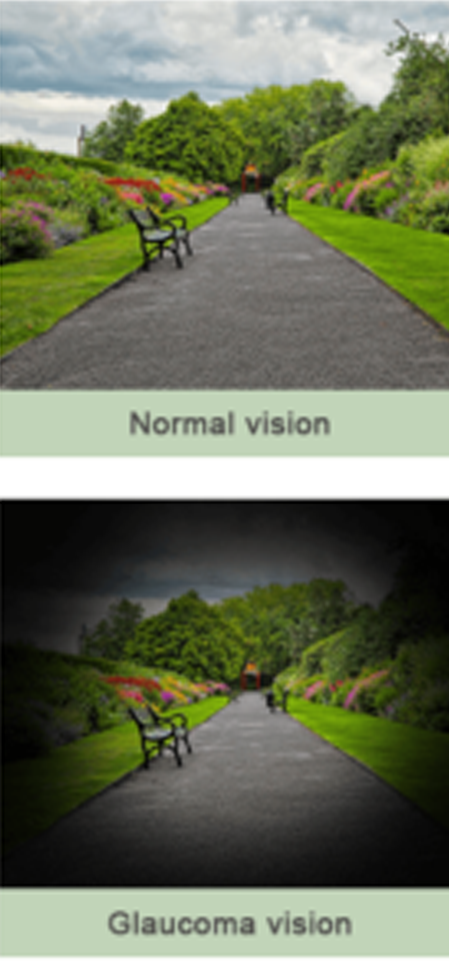

Glaucoma
A transparent fluid circulating inside the eye provides your eye with needed nourishment. The fluid is constantly circulated through the eye’s drainage channel, or angle, into the bloodstream and back into the eye.
Glaucoma occurs when this fluid is not able to pass through the drainage channel, causing pressure to build inside the eye. Permanent vision loss can occur if the extra pressure is not alleviated and starts to push against the optic nerve linking the eye to the brain.Anyone can suffer from glaucoma. However, individuals with relatives who have glaucoma, those with diabetes, adults over 35 years old, extremely nearsighted individuals and individuals of African descent have an increased risk of developing the condition.
Diagnosis and treatments
for glaucoma
Dr. Omar will review your medical history and in the course of a comprehensive eye exam
perform several tests, including:
- Measurement of your intraocular pressure
- A dilated exam to look at the back of the eye
- Measuring your corneal thickness
- Inspecting the eye’s drainage angle
- A visual field test to examine for possible areas of loss of vision
Treatment and regular checkups will slow down or prevent loss of vision in glaucoma’s early stages. The importance of regular monitoring is critical as any loss of vision already incurred by glaucoma cannot at present be reversed as glaucoma is an ongoing condition that must be addressed consistently. Treatment is designed to lower your intraocular pressure. Depending on your own needs, Dr. Omar will prescribe eyedrops to allow fluid to drain from the eyes more efficiently, oral medications, surgery, laser treatments, or a combination of any of these.
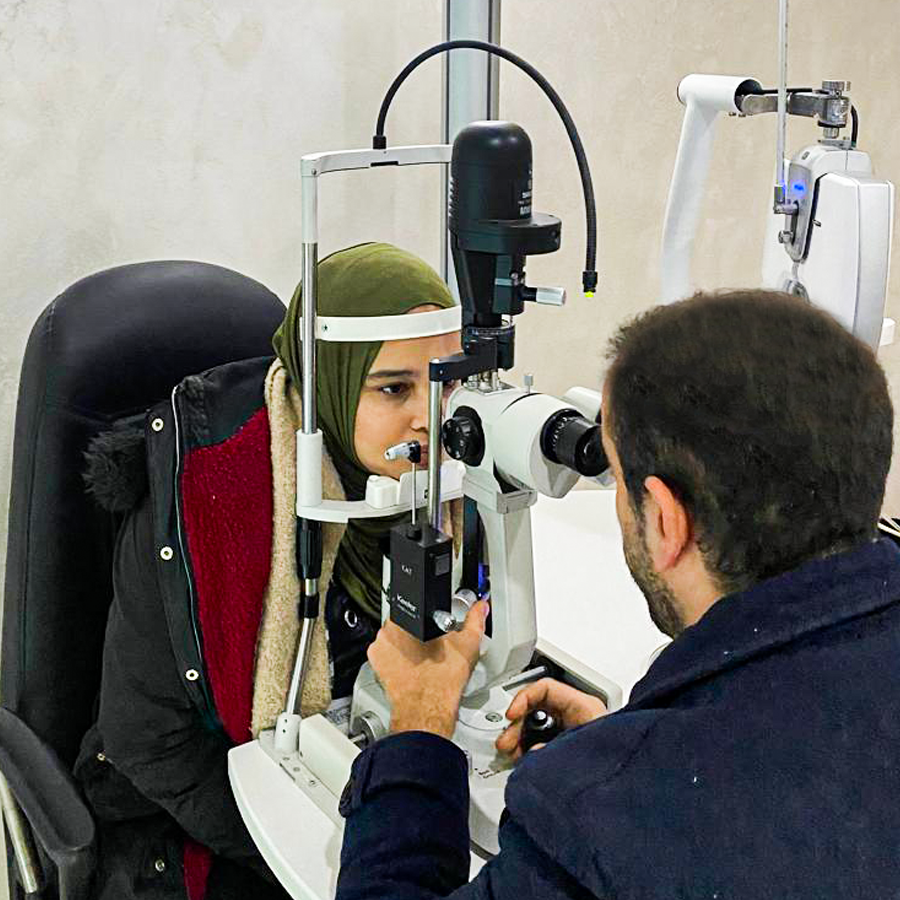
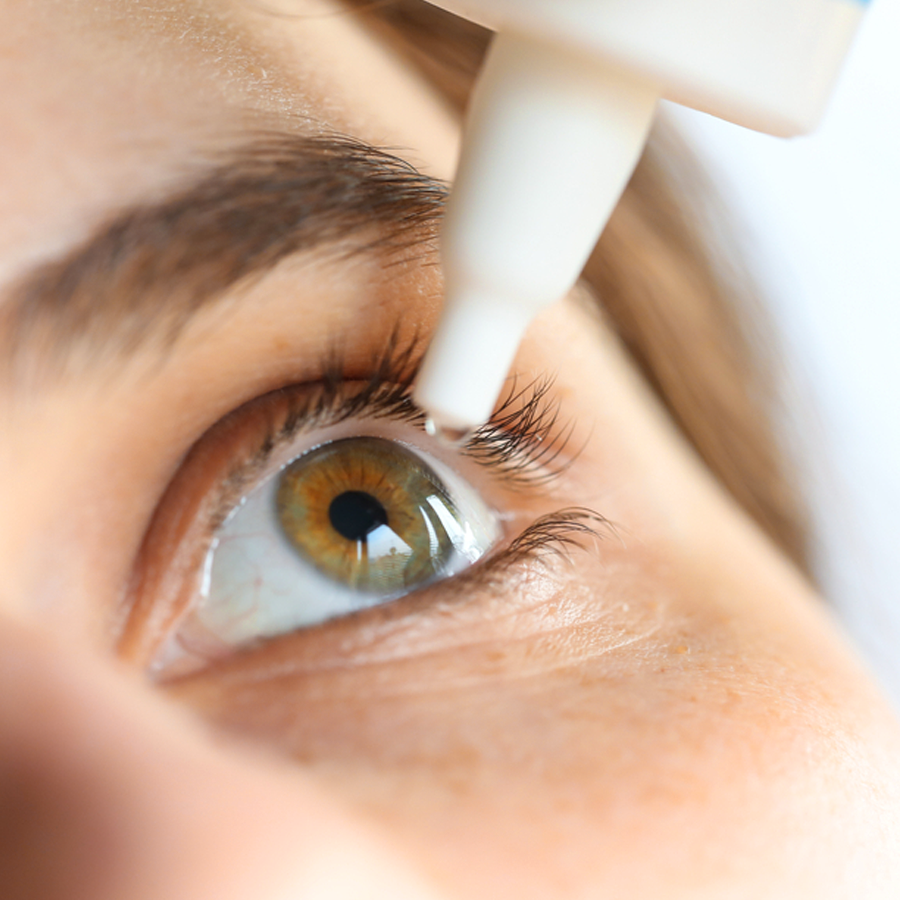
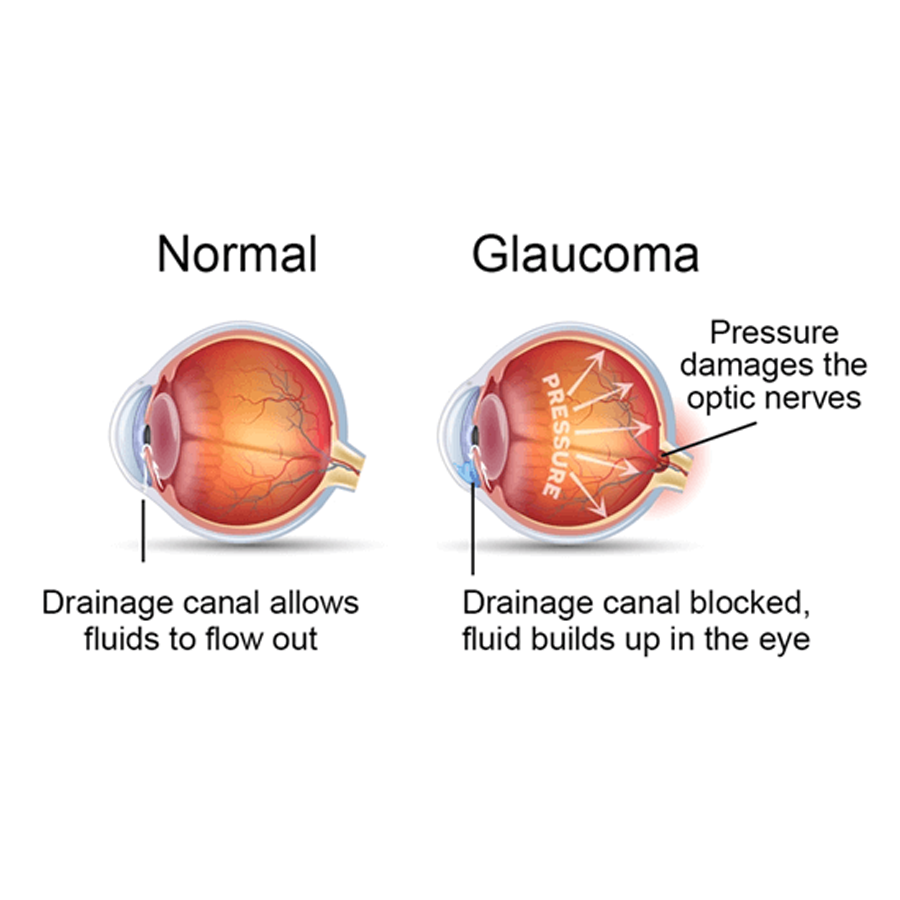
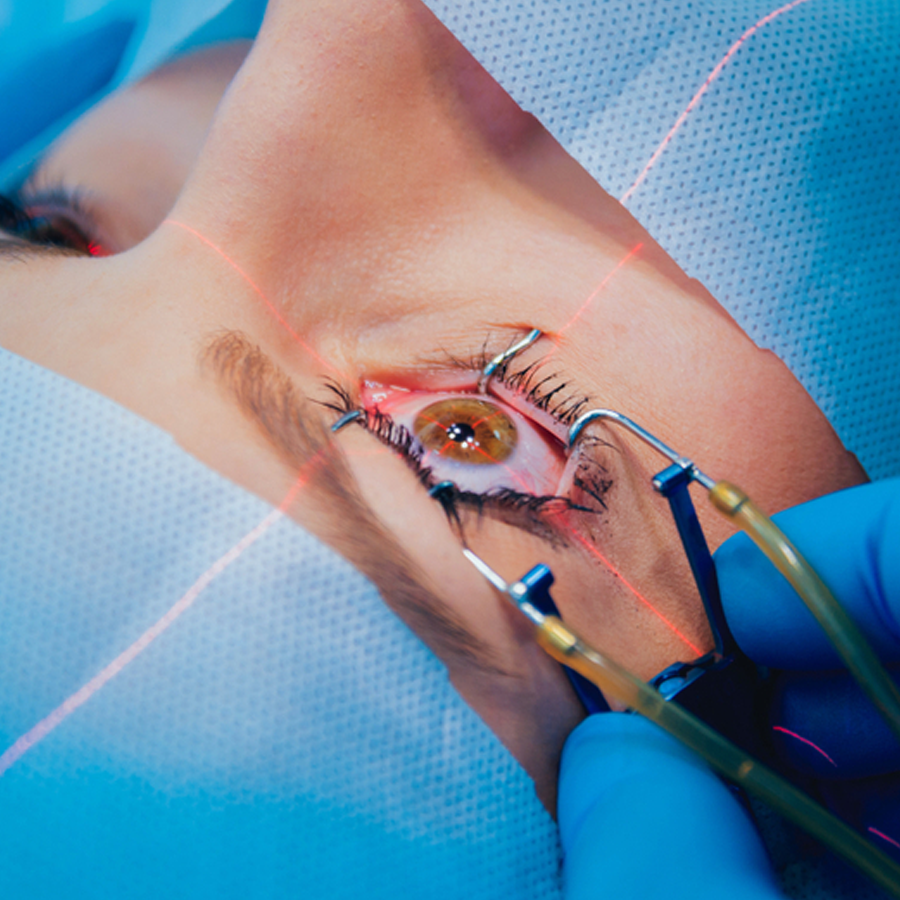
SLT – SELECTIVE LASER
TRABECULOPLASTY
SLT is a very effective treatment for glaucoma that has been refined and available for over two decades in the U.S. It uses a laser to decrease the eye’s intraocular pressure with minimal energy which affects specific tissue in the eye, hence the term ‘selective.’ SLT can be performed as an initial treatment for glaucoma, when eyedrops are not working efficiently or when eyedrops are producing unwanted side effects. Dr. Belmont will determine if you are a good candidate for SLT. Candidates include those patients where the drainage system in the front of the eye is open; patients that have primary or secondary open-angle glaucoma. Post-operative irritation is nominal and usually abates in 24 hours. Its effect is equal to or better than most eye drops and can last for to 1 to 5 years.
LPI – Laser Peripheral
Iridotomy
LPI (or PI) is used as a prophylactic treatment to moderate the progression of glaucoma for patients with narrow angles, narrow angle glaucoma or acute angle closure glaucoma. The angle is the part of the eye that drains fluid from the eye. Narrowing of the angle can lead to attacks of acute angle closure glaucoma, symptoms of which include discomfort, pain or even loss of vision. LPI helps to open the angle closure by lowering the pressure and also reduces the risk of acute attacks. Dr. Omar performs LPI as an in-office procedure. Patients are seated in front of the laser, and the whole procedure takes just a few minutes. Some patients may experience some itching, irritation or blurriness but these usually abate in 24 to 48 hours. Dr.Omar will discuss side effects and expectations post treatment.
Open-angle
Vs. Narrow-angle
Ninety percent of people with glaucoma have open-angle glaucoma. With open-angle glaucoma, the drainage channel has been damaged, leading to fluid accumulation in the eye.
Narrow-angle, or closed-angle, glaucoma is extremely rare. In contrast to open-angle glaucoma, which is characterized by a damaged drainage channel, narrow-angle glaucoma occurs when something blocks or covers the eye’s drainage channel. Typically, the iris is pushed against the lens, obstructing the drainage angle. Narrow-angle glaucoma can be dangerous because the eye pressure increases at an extremely fast rate.
Narrow-angle glaucoma can be caused by a variety of factors, including an inherent eye abnormality, eye trauma, some medications and anything causing pupil dilation (e.g., dim lighting, dilating eye drops). The condition can also develop as the result of irregular blood vessels forming over the drainage angle as a consequence of diabetes.
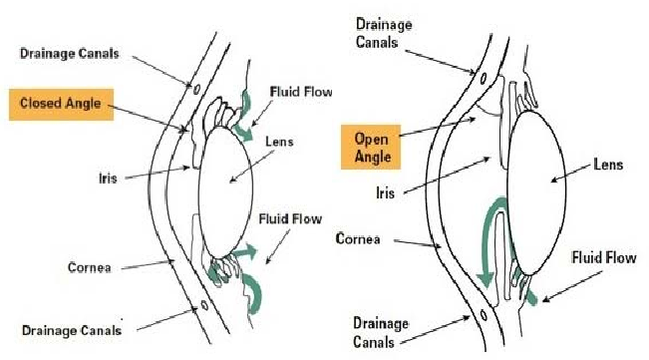
How Can I Tell If
I Have Narrow-angle Glaucoma?
Within three to five days of the onset of narrow-angle glaucoma, the condition can lead to blindness in the affected eye if it not treated. Due to the serious nature of acute narrow-angle glaucoma, you should contact Belmont Eye Center immediately if you experience any of the following symptoms:
- Inflammation of your eye
- Pain in your eye
- Pressure in your eye
- Clouded cornea
- Blurry vision, a decline in visual acuity
- Moderate pupil dilation that is nonreactive to light
- Extreme sensitivity to light
- Halos that develop when looking at lights
- Nausea and /or vomiting
Protect Your Vision
Against Glaucoma
The longer you wait to seek treatment for glaucoma, the greater your chance of suffering vision loss becomes. Don’t allow glaucoma to damage your precious eyesight. If you think you may have glaucoma, schedule an appointment with Dr. Belmont immediately to protect your vision against this progressive disease.
